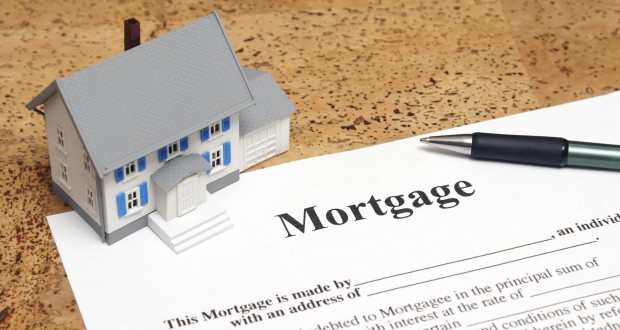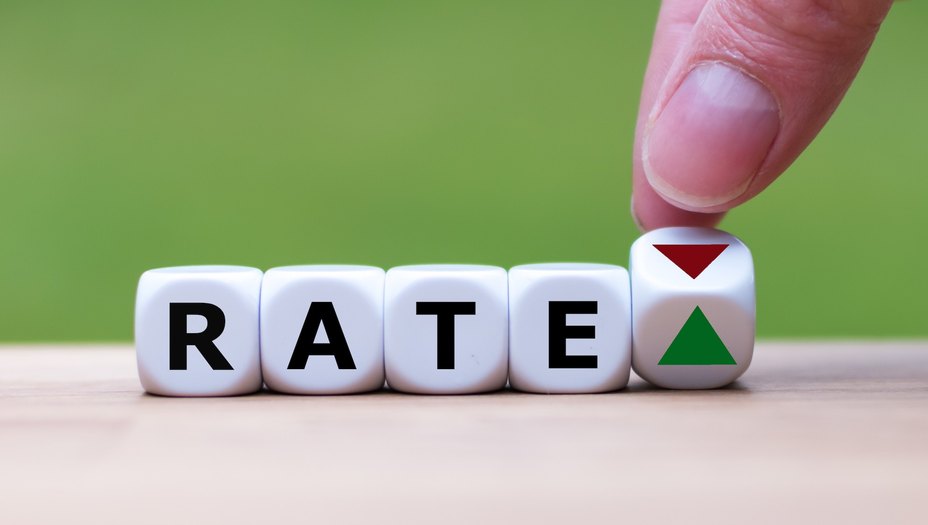Buying a home is a big step, and for most people, it means taking out a mortgage. But what exactly is a first mortgage, and how does it work? If you’re new to home loans, this guide will break everything down in simple terms.
We’ll cover:
✅ What a first mortgage is
✅ How it differs from other loans
✅ Requirements to qualify
✅ A real-life example
By the end, you’ll have a clear understanding of first mortgages and whether one is right for you.
What Is a First Mortgage?
A first mortgage is the primary loan you take out to buy a home. It’s called “first” because if you default (fail to repay), this lender gets paid before any other loans tied to the property.
Key Features of a First Mortgage:
- Primary lien position – The lender has the first claim on the property if you stop paying.
- Lower interest rates – Usually has better rates than second mortgages (like home equity loans).
- Long repayment terms – Typically 15 to 30 years.
First Mortgage vs. Second Mortgage
| Feature | First Mortgage | Second Mortgage |
|---|---|---|
| Lien Position | First in line | Second in line |
| Interest Rate | Lower | Higher |
| Loan Purpose | Buying a home | Home improvements, debt consolidation |
| Risk to Lender | Lower (priority in repayment) | Higher (paid after first mortgage) |
A second mortgage (like a HELOC) is an additional loan taken out while you still owe on the first one.
Requirements for a First Mortgage
Lenders look at several factors before approving a first mortgage. Here’s what you’ll need:
1. Good Credit Score
- Minimum score: Usually 620+ (for conventional loans).
- Better rates: 740+ gets you the best deals.
- Government-backed loans (FHA, VA, USDA): May accept scores as low as 500-580.
2. Stable Income & Employment
- Lenders want to see 2+ years of steady employment.
- You’ll need pay stubs, tax returns, and bank statements.
3. Down Payment
- Conventional loans: 3% to 20% down.
- FHA loans: 3.5% down (with mortgage insurance).
- VA loans (for veterans): 0% down (no PMI required).
4. Debt-to-Income Ratio (DTI)
- Your monthly debts (car loans, credit cards, etc.) should not exceed 43% to 50% of your income.
5. Property Appraisal
- The home must be worth at least the loan amount.
- Protects the lender from lending more than the home’s value.
Example of a First Mortgage
Let’s say Sarah wants to buy a $300,000 house.
- Down Payment: She puts 10% down ($30,000).
- Loan Amount: She borrows $270,000.
- Interest Rate: 6% (30-year fixed-rate mortgage).
- Monthly Payment: $1,618 (principal + interest).
If Sarah fails to pay, the first mortgage lender can foreclose on the house and get repaid before any other lenders.
Pros and Cons of a First Mortgage
✅ Pros
✔ Lower interest rates than other loans.
✔ Long repayment terms (easier monthly payments).
✔ Tax benefits (mortgage interest may be deductible).
❌ Cons
✖ Strict approval requirements (credit, income, down payment).
✖ Risk of foreclosure if you can’t pay.
✖ Closing costs (2% to 5% of loan amount).
Final Thoughts
A first mortgage is the most common way to finance a home. It comes with lower rates than second mortgages but requires good credit, a down payment, and proof of income.
Before applying:
- Check your credit score.
- Save for a down payment.
- Compare lenders for the best rates.
If you meet the requirements, a first mortgage can help you buy your dream home while keeping payments manageable.


